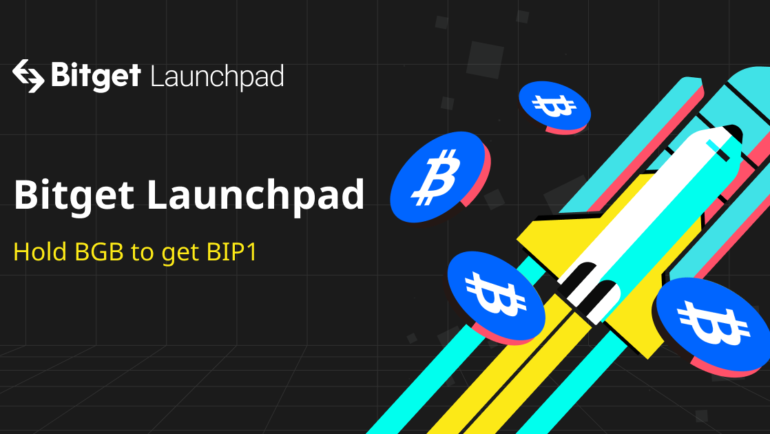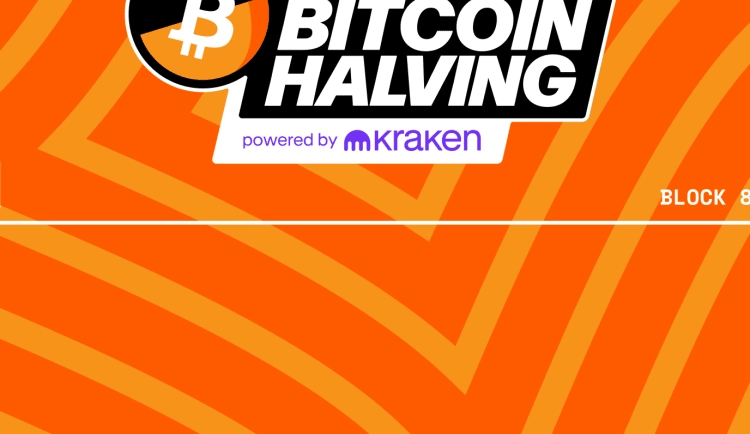
Financial inclusion needs Web3 solutions while Stablecoins accelerate dolarization
The flow of money across borders can be either a lifeline or a chokehold for entire nations. For too long, the global financial system has favored the privileged, leaving many countries in the Global South grappling with economic inequality and the political instability that comes with it. Web3 technologies, however, are routing around the incumbents, with new tools for financial inclusion and economic empowerment. It’s a story of transformation, where digital currencies like Bitcoin and USDC are bridging gaps and changing lives.
Consider this: Wiring money from Nigeria to Ghana takes longer and costs more than physically driving it across borders. Why? Because traditional wire transfers bounce through New York and London before returning to Africa.
Innovators like Nigeria’s Dickson Nsofor have recognized the need for a better way. Nsofor’s quest began four years ago when he founded Korapay, a Pan-African payment-infrastructure company. He viewed blockchain and cryptocurrencies as media of exchange, not as speculative assets. That insight led him to create a platform that leveraged these Web3 inventions for cross-border payments.
Today, Korapay is the largest cross-border business-to-business remitter in Nigeria. It processes billions in payments through Bitcoin, USDC, and other crypto assets while settling transactions in traditional fiat currencies. Most remarkable, many global companies use Korapay’s services to exchange Nigerian naira for U.S. dollars without even knowing they’re using cryptocurrencies and stablecoins. This shows how innovators like Nsofor are already retooling the engine of traditional finance from the bottom up.
Just why are stablecoins like USDC growing so popular in Africa? The answer lies in the broader context of economic disparities, currency instability, and the desire for financial independence.
In Nigeria, for example, over 40% of the population is younger than 15. Young people are embracing cryptocurrencies as a means of transcending the limitations of local currencies. With increased mobile internet penetration, freelancers and gig workers can now opt for payment in digital assets that hold their value better than local fiat currencies subject to hyperinflation and market devaluation. In an interview for my new book, Web3: Charting the Internet’s Next Economic and Cultural Frontier, Nsofor told me how every one of his young Nigerian employees would prefer to get paid in USDC, USDT, or even Bitcoin rather than naira because those assets are a better store of value, and in the case of stablecoins, more useful.
This shift toward dollarization—where locals prefer assets like USDC over fiat money—has implications far beyond financial convenience. It represents a seismic shift in economic opportunity: Individuals can work for internet-native organizations anywhere in the world and accumulate wealth in stable digital assets.
Whether the dollarization of these economies will be a net positive to the world is unclear. The collapse of local currencies under dollarization could further destabilize fragile governments in volatile regions. The Central Bank of Nigeria, for instance, initially took a hostile stance toward cryptocurrencies, even proposing a ban. While its leaders have recently hinted at creating a regulatory framework for stablecoins and tokens, the consequences of such moves remain uncertain. Last year, the governor of the Bank of Pakistan, Reza Baqir, told an assembly of business and government leaders in Saudi Arabia that his bank was considering a ban on all digital assets over concerns of dollarization. He was worried that the very bank he ran would cede control over money and interest rates, and was willing to takes drastic action.


